NEWS
Scars from the world's first deep sea mining test 50 years on LINK
Over 99 % of the deep sea remains a mystery LINK
The hidden underwater eden of ‘California’s Galapagos’, LINK
IN-DEPTH BLUE & BUSINESS
Understanding emissions is the first step to reducing them. But how is a company’s carbon footprint practically measured? And how does this process translate into an action that also helps protect marine ecosystems?
Calculating the carbon footprint is a structured method for quantifying greenhouse gas emissions associated with business activities. It is based on international standards such as the Greenhouse Gas Protocol and divides emissions into three categories (Scope 1, 2, and 3) to facilitate a comprehensive and comparable analysis.
To begin, it’s necessary to collect data on energy consumption, fuel use, travel, procurement, and production processes. Emission factors are then applied to this data to calculate the CO₂ equivalent. The goal is to create a solid, consistent, and repeatable foundation for business strategies.
Depending on the level of detail and specific needs, there are various approaches to calculating the carbon footprint:
- The GHG Protocol (Greenhouse Gas Protocol): Provides a comprehensive framework for quantifying and reporting greenhouse gas emissions. It offers a robust and globally recognized structure that facilitates comparison and communication of environmental performance.
- Life Cycle Assessment (LCA): A methodology that evaluates the environmental impacts associated with all stages of a product, process, or service’s lifecycle. This methodology offers a holistic view of environmental impact, helping companies identify critical points along the value chain and make more informed decisions to reduce their overall impact. It can also be used to compare different product or process options.
- ISO 14064 Standard: The ISO 14064 series provides guidelines for quantifying and reporting greenhouse gas emissions at the organizational level (ISO 14064-1) and project level (ISO 14064-2), as well as specifying requirements for the validation and verification of greenhouse gas emissions statements (ISO 14064-3). This certification demonstrates a commitment to transparency and the reliability of emissions data, increasing the company’s credibility with stakeholders and customers.
- Sectoral and Specific Methodologies: In addition to general standards and LCA, there are calculation methodologies specific to certain industries. These offer a higher level of detail and can provide more precise and relevant results for business decisions.
It’s important to choose a method that is proportionate to a company’s capabilities and goals. For companies operating in marine-related contexts – from maritime logistics to coastal tourism, from food production to global distribution – calculating emissions can help identify invisible yet critical stages: long-distance transportation, non-recyclable packaging, and the use of high-impact fuels.
Once the calculation is complete, the data becomes a decision-making tool: it allows for setting reduction targets, evaluating low-impact alternatives, integrating climate criteria into purchasing decisions, and building transparent reporting for customers, investors, and communities. Companies can thus become part of the solution: calculating emissions is not just a technical exercise, but an act of awareness and the starting point for real change.
However, the carbon footprint represents only part of the picture. Environmental impacts on the ocean go beyond greenhouse gas emissions: other significant factors also deserve attention, such as the release of acidifying substances, eutrophication potential, chemical and plastic pollution, underwater noise, light pollution, and the overconsumption of natural resources. All of these contribute to increasing pressure on marine and coastal ecosystems.
For this reason, carbon footprint calculation should be placed within a broader and more integrated perspective—one that encompasses the full range of environmental impacts. Tools such as extended Life Cycle Assessment (LCA), Strategic Environmental Assessments (SEA), environmental declarations, and sustainability reports or disclosures offer a more comprehensive approach to measuring and communicating impacts on a systemic scale.
Only through a nuanced and multidimensional understanding of their operations can companies develop truly effective and responsible sustainability strategies—ones that protect the ocean as well as the climate.
OPPORTUNITIES
We are working on setting up a consortium to participate in the open call - Supporting the implementation of the Adaptation to Climate Change Mission - HORIZON-MISS-2025-01
If your company is interested in working, please contact us at This email address is being protected from spambots. You need JavaScript enabled to view it.









